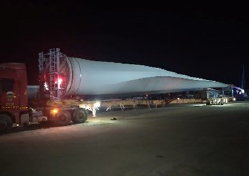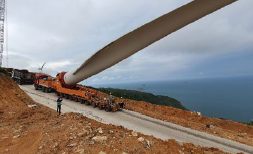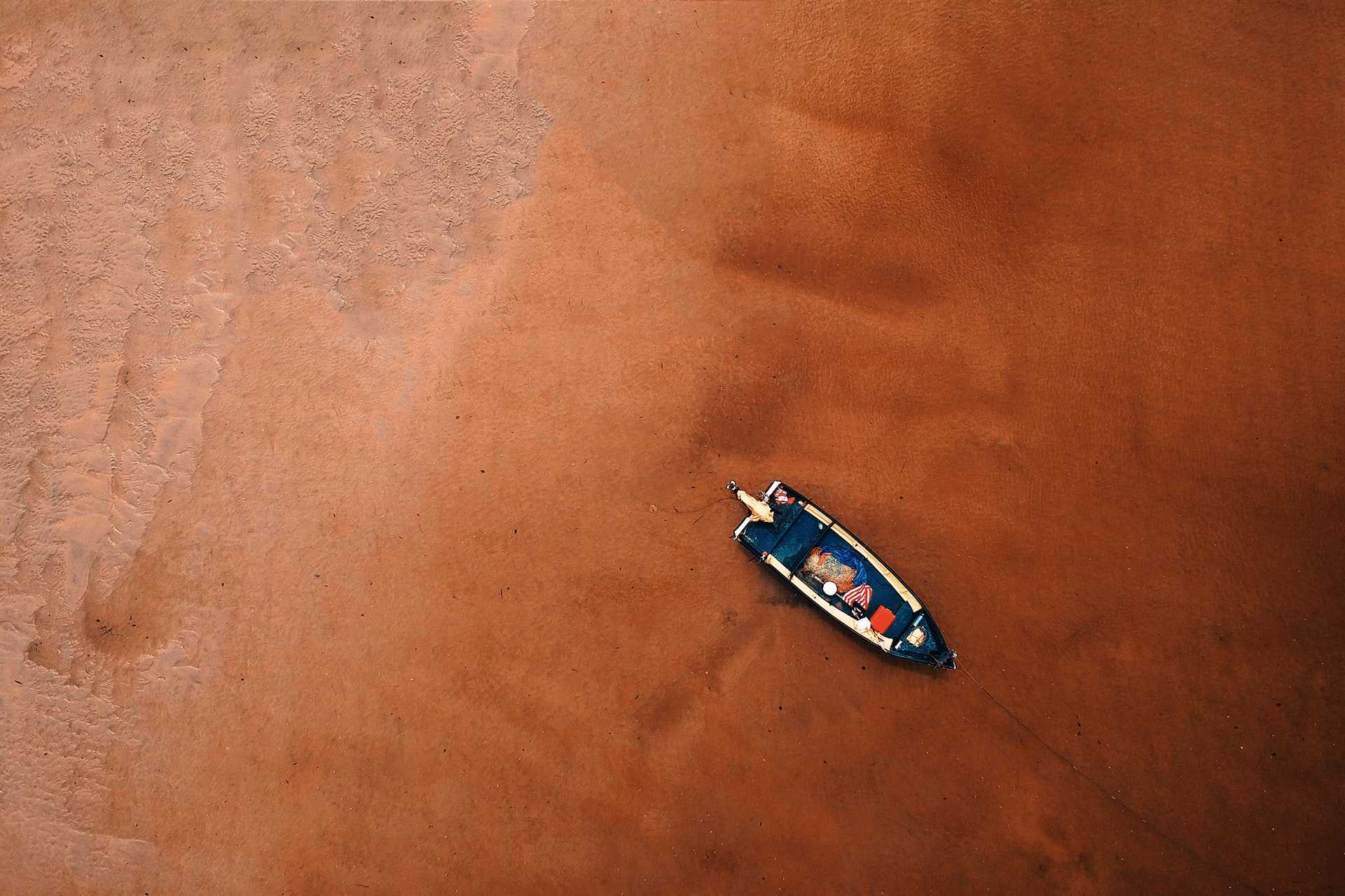Wind Turbine Onshore Transportation challenges
By Tam Tran, editor: Trang Tran
Wind turbine transportation is a critical issue for any wind farm projects. This short article aims to provide an overview of wind turbines inland-transportation challenges for wind farm projects. Each wind turbine component must be delivered from the Port of Discharge to the construction site area. There are 3 challenges to overcome when arranging transportation of wind turbines:
- Dimensions and weights of the wind turbines components:
In Vietnam, many wind construction sites are in remote locations, far away from the system of main roads and highways. Transporting wind turbine components, thus, faces the challenge of navigating sub-optimal system of narrow and winding secondary roads through many small towns and villages, of which most, if not all of them cannot support exceptionally large dimensions and heavy loads. Therefore, costs of transportation, especially for onshore wind farms, could be very expensive, depending on route plans, number of obstacles and obstructions identified.
- Permits:
As wind turbines are classified as oversize/overweight cargoes, they would require specific transportation permits and modification permit/ approvals from the relevant Local Authorities, depending on proposed transportation plan from the sponsors. For instance, the route plan may demand an extension of current infrastructure or a construction of new infrastructure (road, bridges, etc.). Certain permits or approvals are required to extend or construct infrastructure, arrange escort service vehicles, time and day of transport, remove traffic lights, land acquisition, etc to service such transportation plan. This could potentially add significant delay to the execution phase of a projects.
- Logistics provider’s experience
Transportation of wind turbines can only be serviced by a local logistics service provider. However, it is in our experience that selecting an qualified local service provider is not an easy task and would require due planning ahead of execution. Reliable service providers should be also come with the right fleets of vehicles suitable for the dimensions & weights of the components and the right teams with relevant experience to maneuver sub-optimal road conditions. During the rush to reach COD on time. So what should we do? 3 key things to note:
- Due Diligence on risk assessment and mitigation plans.
- Being detailed on transportation routes and any mitigation plans need to be factored in project costs & timing.
- Due assessment on local logistics service providers – not only on balance sheet but also procurement plan of the right vehicle fleets and driver experience.
The illustrative photos below are examples of the 2 types of trailers we have come across in the local market for transportation of turbine blades: extendable trailers or hydraulic modulars. We also have some photos to show what could go wrong when logistics planning is not taken Seriously.


When transportation go wrong


Transportation with extendable trailers


Transportation with hydraulic modular trailer
